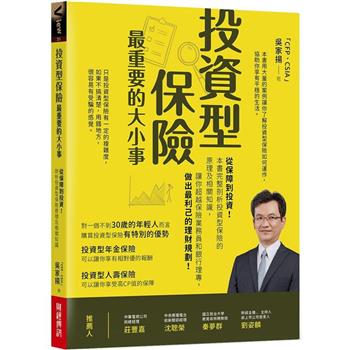Temporality and Progress in Victorian Literature argues that Victorian literature uses traces of a lingering past to theorize time as non-progressive and discontinuous. For decades, the dominant view in Victorian studies has been that the period’s economic, political, and intellectual developments led to a broad sense that time was defined by continuous improvement--and that this masternarrative of progress was evident across Victorian writings. McAdams contributes to a broader scholarly challenge of this thesis by considering how the irregular life-cycles of individuals and objects undermine Victorian progress. Unfashionable waistcoats, aging courtesans, and remembered conversations in Victorian literature instead reveal numerous alternative conceptions of time theorized against the emerging dominance of a progress narrative. The book uncovers the heterogenous shapes of time imagined by Victorian literature--regress, cyclicality, stasis, and rupture. These shapes are not simply progress’s others, but rather constituent elements of progress’s theorization.
| FindBook |
|
有 1 項符合
M. McAdams的圖書 |
 |
$ 6900 | Temporality and Progress in Victorian Literature
作者:M. McAdams 出版社:Edinburgh University Press 出版日期:2024-11-30 語言:英文 規格:精裝 / 224頁 / 普通級/ 初版  看圖書介紹 看圖書介紹
|
|
|
圖書介紹 - 資料來源:博客來 評分:
圖書名稱:Temporality and Progress in Victorian Literature
內容簡介
作者簡介
Ruth M. McAdams is a Senior Teaching Professor in the English Department at Skidmore College, USA. Her research examines questions of temporality and history in Victorian fiction and life-writing. Her articles have appeared in Victorian Studies, Victorian Literature and Culture, Nineteenth-Century Contexts and Pedagogy.
|











